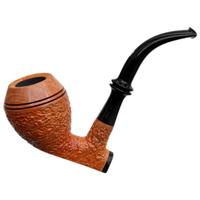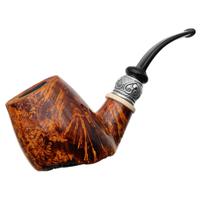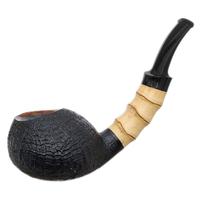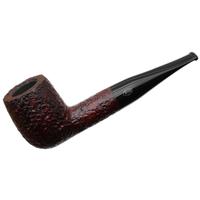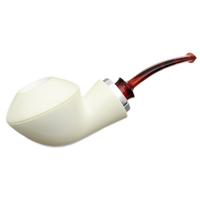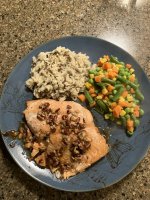Pan searing tends to bring out the best of thick fillets, and to be truthful, I've never received any formal instruction when it comes to this method.
I attribute any success I've had to simply using a lot of butter and not overcooking.
If you do a lot of pan searing fish, how exactly, do you do it?
Also do you prefer a cast iron, stainless or an anodized pan?
My pan seared deficient mind wants to know!
I attribute any success I've had to simply using a lot of butter and not overcooking.
If you do a lot of pan searing fish, how exactly, do you do it?
Also do you prefer a cast iron, stainless or an anodized pan?
My pan seared deficient mind wants to know!



